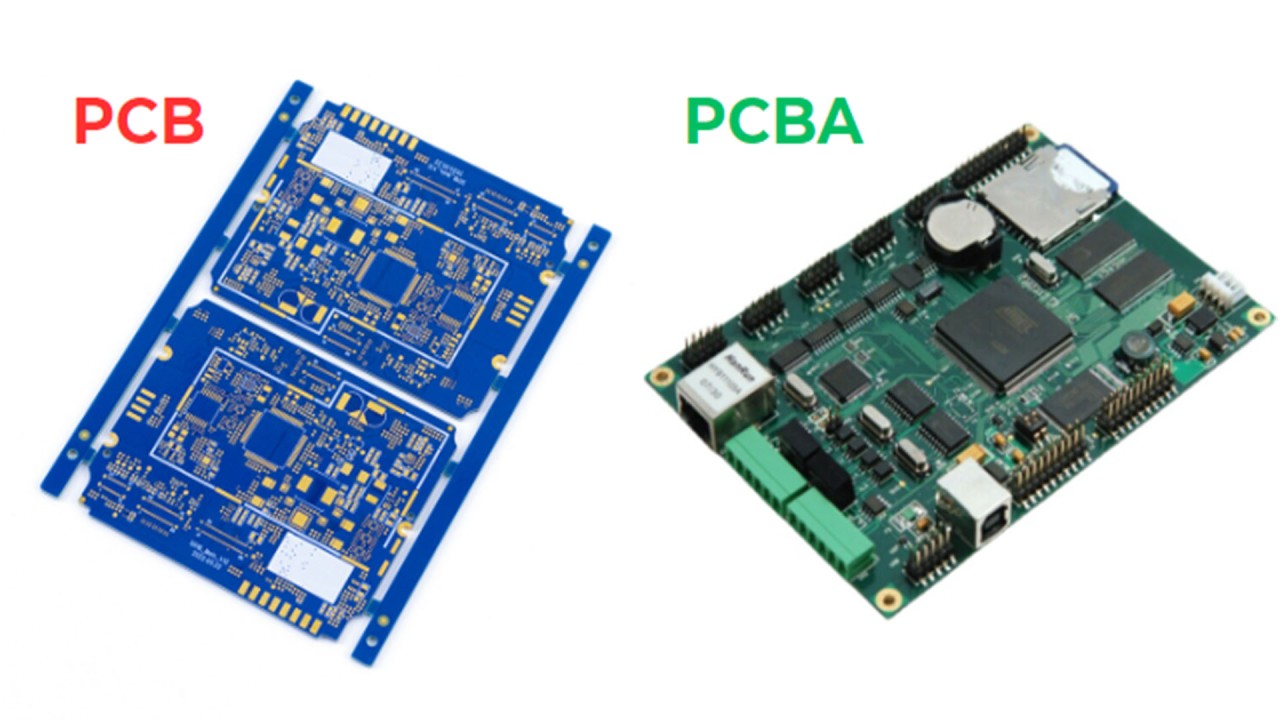In the electronics manufacturing industry, soldering of PCB (printed circuit board) is a key step to ensure the correct connection and functional realization of electronic components. As the core material in the SMT (surface mount technology) soldering process, the quality and application method of solder paste directly affect the success or failure of soldering. However, in actual production, the problem of solder paste not being able to be soldered on PCB is often encountered, which not only affects production efficiency, but may also pose a threat to product quality and reliability.
Main reasons for solder paste not being soldered
1. Solder paste quality problems:
The solder paste has been used for too long or expired, resulting in its quality degradation and weakened flux activity, which affects the welding effect.
Improper storage of solder paste, such as not refrigerated or not sealed in time after opening, leads to oxidation or moisture.
2. Improper process parameters:
The peak temperature is insufficient or the furnace temperature curve is set unreasonably, and the solder paste fails to fully melt.
The soldering time is not enough, and the solder paste fails to completely infiltrate the pads and component pins.

3. Raw material problems:
Oxidation of the pads or component pins reduces solderability.
Unreasonable PCB board design, such as too small pad spacing or component layout obstruction, leads to welding difficulties.
4. Equipment and tool factors:
Irrational design of steel mesh opening size or thickness, resulting in insufficient or uneven distribution of solder paste.
Insufficient precision of the printer causes solder paste to be printed outside the pad.
Insufficient precision of the placement machine causes the position of component placement to shift.
5. Operation details:
Failure to maintain a clean working environment and suitable temperature and humidity during operation.
Excessive placement pressure causes solder paste to flow after being pressed.
Solution
1. Ensure solder paste quality:
Use fresh, unexpired solder paste and store it in strict accordance with storage requirements.
Check the status of solder paste regularly to avoid using damp or oxidized solder paste.
2. Optimize process parameters:
Reasonably set the welding temperature and curve according to the type of solder paste and the material of the PCB.
Ensure sufficient welding time so that the solder paste can fully melt and infiltrate the pads and component pins.
3. Improve the quality of raw materials:
Pre-treat the pads and component pins, such as deoxidation, flux coating, etc.
Optimize the PCB board design to avoid too small pad spacing and component layout obstruction.
4. Improve the accuracy of equipment and tools:
Regularly check and maintain equipment such as steel mesh, printers and placement machines.
Ensure that the opening size and thickness of the steel mesh match the pads to avoid insufficient or uneven distribution of solder paste.
5. Pay attention to operational details:
Keep the working environment clean and at a suitable temperature and humidity.
Adjust the Z-axis height of the placement machine to avoid excessive placement pressure causing solder paste overflow.
The problem of solder paste being unable to be soldered on PCB involves many aspects, including solder paste quality, process parameters, raw material quality, equipment and tool accuracy, and operational details. By comprehensively analyzing the causes of the problem and taking targeted solutions, the welding quality and production efficiency can be significantly improved. At the same time, strengthening quality control and personnel training in the production process is also an important means to prevent such problems. Only by constantly summarizing experience and continuously improving processes and technologies can the high quality and reliability of electronic products be ensured.